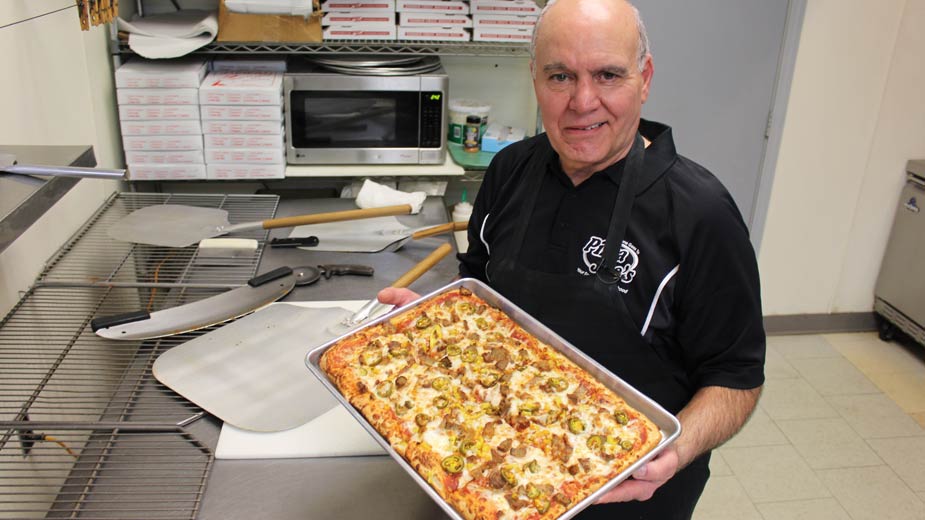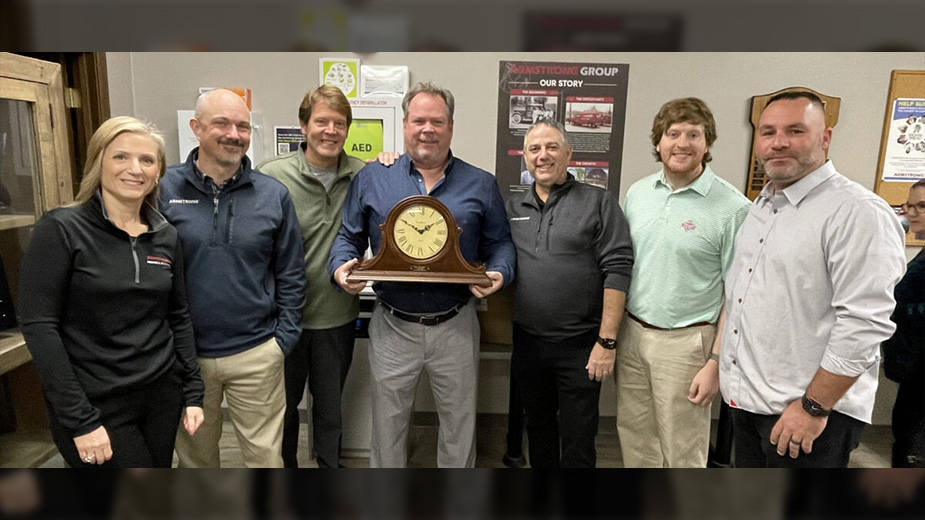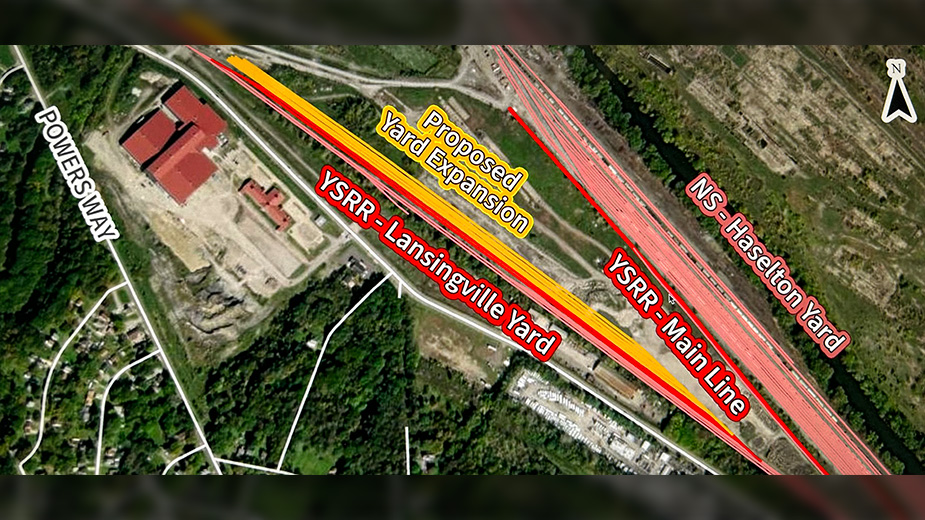They Started Making Pizza as Kids
YOUNGSTOWN, Ohio — Tastes and fads vary over time, but local pizza shop owners who have been making pies for generations say what they make and how they make it has changed little over the years.
Three veteran pizza shop owners shared their insights in the craft of making pizza: Bill Liberato, president of Belleria Pizza & Italian Restaurant, Youngstown; Joe Seminara, founder and president of the Pizza Joe’s chain, based in New Castle; and Steve Cocca, owner of Cocca’s Pizza, headquartered in Boardman.
Each point to an interest in pizza-making that began when they were youths. Liberato began at Belleria when he was 12. Cocca has made pizza since he was in the fourth grade. Seminara recalls his mother making pizza and bread for their neighbors.
Belleria: Add Items Cautiously
“My grandmother pounded quality into our brains when we were little kids, and it ended up probably being a godsend,” Liberato says.
Belleria Pizza was born in 1957 in a small carryout shop on Albert Street in Youngstown, Liberato says, started by his mother and aunt. It opened its first store in Cornersburg in 1971, not far from the present restaurant on Meridian Road. Today, there are two company-owned stores, including Cornersburg, and 10 franchises, many owned by relatives.
Dough is made fresh daily and rolled by using a dough presser. “We do a proofing process where it rises, but when it hits a certain point we refrigerate it,” he says. “Once it hits the right temperature and the refrigerator gets cold, that’s when it’s the best.”
Base ingredients haven’t changed since the early days, Liberato says, their source a local wholesale grocer and the tomatoes provided by a California company.
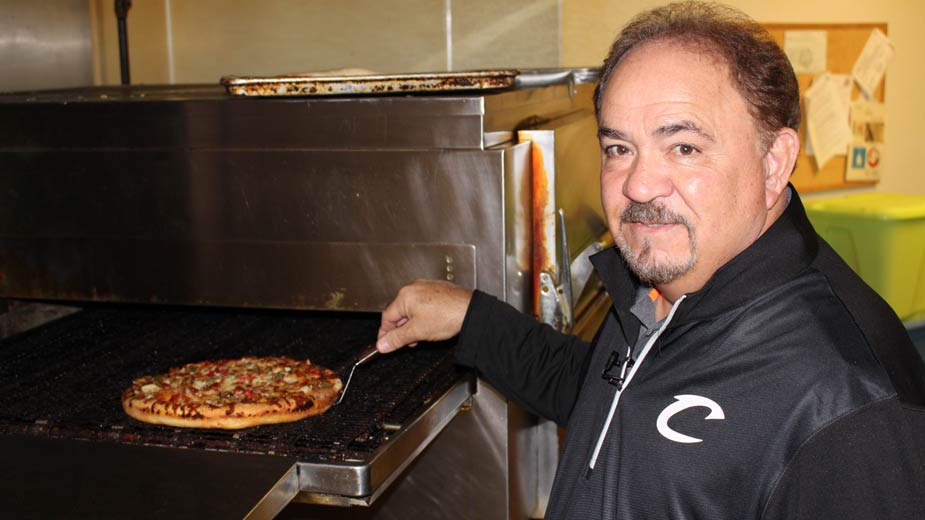
“The only thing that we do slightly different is when we started franchising we found a need to create a consistent product. So we started to manufacture our pizza sauce and spaghetti sauce at one location and distribute it to franchisees,” Liberato says.
The sauce is neither sweet nor spicy, but “sort of middle of the road,” he says.
Among the newer varieties are buffalo chicken, spinach and a Hawaiian pizza with ham and pineapple. Belleria’s signature pie is the Bella, topped with pepperoni, sausage, mushrooms, green peppers and either black olives or onions.
When looking at a new pizza, the first thing Liberato says he looks at is quality, followed by preparation time and price. “A lot of businesses have problems because they look at price first,” he says.
Liberato warns that shops need to be “extremely careful and cautious” about adding items. “The way you make money is sell what you have on your menu. You start bringing in too many products, you’ll cause a problem with inventory and money sitting on the shelves,” he says.
Pizza Joe’s: Tastes Vary by Region
Seminara started Pizza Joe’s in 1980 when a space became available next to his father’s shoe repair shop in Union Township. It has since grown to 47 outlets in western Pennsylvania, eastern Ohio and South Carolina.
Dough makers arrive early each morning to begin the process of mixing dough, letting it rise, panning it and letting the crusts rise again in the pans. “The rotation of dough is normally on a two-day basis,” Seminara says.
“Sometimes it’ll taste better when it sits overnight. It has time to ferment and it gets better flavor.”
The ingredients come from throughout the country, Seminara says. Sausage and related products come from Chicago, he says. Except for buns, produce and soft drinks, stores are supplied from the storage area at Shenango Industrial Park, site of its main offices and corporate kitchen.
Pizza Joe’s does strictly pan pizzas, he says. “There’s probably 30% to 40% of the people who still like that thin, real crispy product,” he says.
Pizza Joe’s offers some 15 specialty pizzas that include homestyle (Brier Hill in the Youngstown market) and the Poor Man’s Pizza, which comes without pizza sauce and choice of toppings. The most recent variety added to the menu is the southwest chipotle chicken and steak pizza, he says.
Spinach, while popular in the Mahoning Valley, is a tougher sell in other markets.
In the kitchen, Seminara has the opportunity to experiment “and before you know it, different things evolve around just the cheese pizza,” he says.
“Recently, it’s chicken. People just love chicken on pizza,” he says.
Cocca’s Pizza: Consistency Is Important
Cocca’s parents established Cocca’s Pizza in 1982 at its original site in Boardman. The current president took over operation of the business in 1993.
The company has expanded to six locations in Mahoning and Trumbull counties with a seventh in the works.
“The recipe came from my mother’s family,” he says. “It’s a mild sauce – it’s not really spicy. My mother was never into heavy spices.”
Dough is hand made and stretched every morning at each pizzeria before being proofed, he says.
Cocca emphasizes the quality of the toppings used, pepperoni the most popular and sausage another that does well locally.
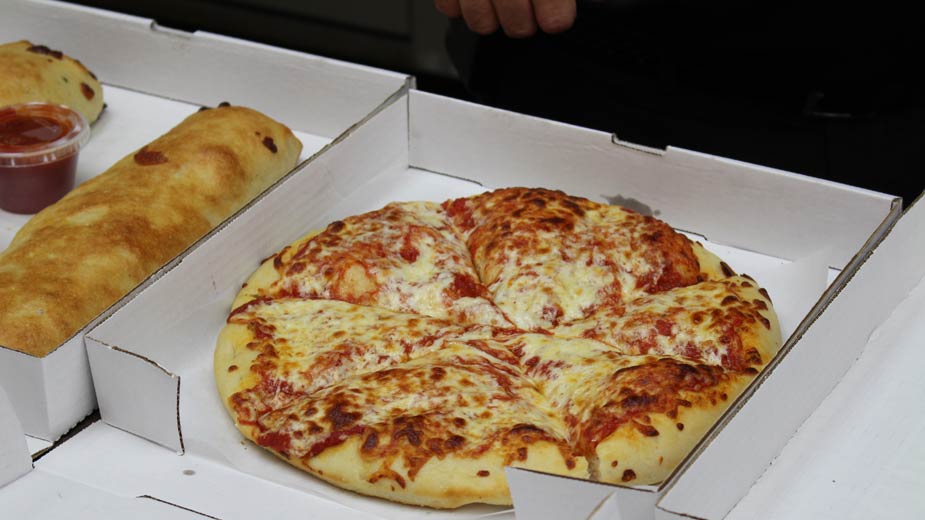
Cocca’s buys and processes DiRusso’s sausage for use as a topping, he says. Another popular topping is shredded salami, which “crisps up on the pizza and is just phenomenal,” he says.
Tastes in toppings have changed greatly since 1982, he says.
The chain recently added a taco pizza, which “customers are going crazy for,” he reports. Other menu offerings are the buffalo chicken pizza and pizzas topped with lettuce and tomatoes. “Thirty years ago, you really didn’t see a chicken topping for a pizza,” he says.
Cocca goes to California to see the tomatoes processed that will be used in the sauce to ensure consistency.
“Consistency in the restaurants is the No. 1 thing,” he says.
Cocca’s Pizza has a couple signature pizzas, one its award-winning Brier Hill and white pizza, which nearly everyone orders with the hot pepper rings.
“It’s a great traditional pizza that’s been on our menu since Day One,” he says.
Pictured at top: Belleria Pizza uses a family sauce recipe that’s neither too sweet nor too spicy, says President Bill Liberato.
Copyright 2024 The Business Journal, Youngstown, Ohio.
